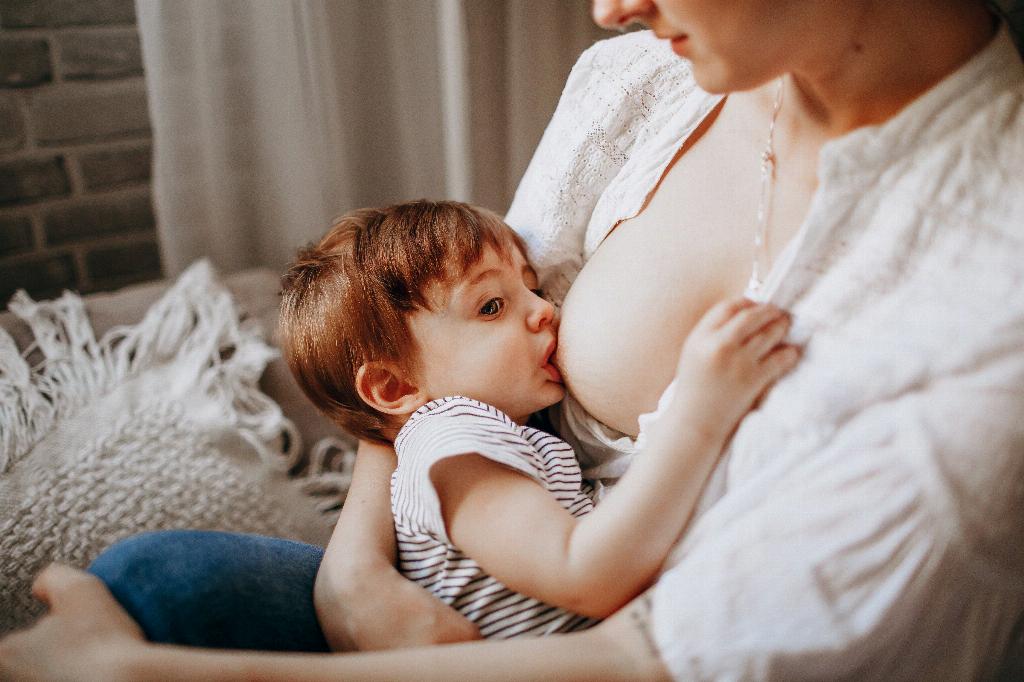When it comes to deciding when to stop breastfeeding, it’s important to understand the natural weaning process. This occurs as the infant starts accepting more complementary feedings while still breastfeeding on demand. It’s a gradual transition that typically leads to complete weaning between the ages of two and four.
Signs From Your Child
One key indicator that your child might be ready to stop breastfeeding is when they start showing less interest or are easily distracted during feedings. They may also begin to eat more solid foods and drink from a cup, which can be signals that they are moving towards weaning.
Physical and Emotional Readiness
It’s also essential to consider your child’s physical and emotional readiness. Some children may show signs of readiness to wean, such as sleeping through the night without needing to breastfeed or being comforted through other means.
Listening to Your Instincts
As a parent, it’s crucial to trust your instincts when it comes to deciding when to stop breastfeeding. If you feel that it’s the right time for both you and your child, then it probably is. Taking cues from your child’s behavior and your own feelings can guide you in making this decision.
Gradual Weaning Approach
Some parents opt for a gradual weaning approach, slowly reducing the number of breastfeeding sessions and replacing them with other forms of comfort or nutrition. This method can help both you and your child adjust more smoothly to the transition.
Respecting Individual Timelines
It’s essential to remember that every child is different, and there is no one-size-fits-all answer to when to stop breastfeeding. Each child’s timeline for weaning will vary, and it’s crucial to respect and honor your child’s unique needs and readiness.
Consulting with a Lactation Consultant
If you’re unsure about when to stop breastfeeding or need guidance during the weaning process, don’t hesitate to consult with a lactation consultant. They can provide valuable support and advice tailored to your specific situation.
Considering Your Own Needs
It’s also essential to take your own needs into account when deciding when to stop breastfeeding. Your physical and emotional well-being matters, and it’s okay to prioritize your own health while supporting your child through the weaning process.
Open Communication with Your Child
Engaging in open communication with your child about the weaning process can also be beneficial. Explaining the changes gently and reassuringly can help them understand and cope with the transition more effectively.
Embracing the Next Stage
Stopping breastfeeding marks the beginning of a new chapter for both you and your child. Embrace this next stage with positivity and optimism, knowing that you’ve provided your child with valuable nourishment and comfort during their early years.
Supporting Your Child’s Independence
As your child grows and transitions away from breastfeeding, continue to support their growing independence and autonomy. Encourage them to explore new foods, self-soothe, and develop healthy habits as they navigate this significant milestone.
Celebrating Your Bond
While stopping breastfeeding may mark the end of a particular phase, the bond you’ve built with your child will continue to grow and evolve. Celebrate the special connection you’ve nurtured through breastfeeding, knowing that it will always hold a cherished place in your hearts.

